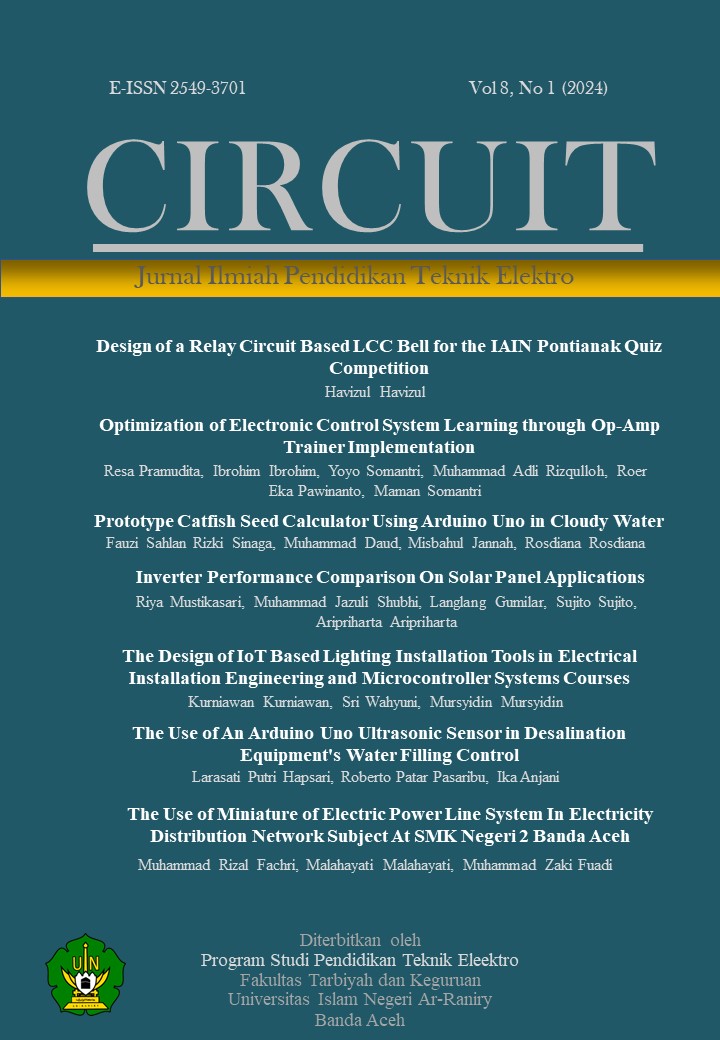Difference Between the Power Consumption Rate of Pre-Paid and Post-Payment Customers: 900 Volt Ampere
DOI:
https://doi.org/10.22373/crc.v8i1.17410Keywords:
After Payment, Prepayment, Electricity UsageAbstract
Both the pre-paid KWH meter and the KWH meter after payment are instruments that PT. Perusahaan Listrik Negara (Persero), also often abbreviated PLN, uses to determine the printing number of KWH meters used by energy users. There is a problem with smart meters in society; many still have doubts about using them because they are thought to be more expensive. In the village of Alue Ie Mameh, the study is to determine the extent of variation in electricity consumption and the computation of electricity prices for pre-paid and post-payment clients over the course of a month of use. The mix method is the strategy. Ten pre-paid consumers and ten post-payment customers were polled by Objects. In the village of Mameh, post-paying customers use more electricity than pre-paid customers do. The longest-running electrical device used by residents of Alue Ie Mameh is their refrigerator, which operates around the clock.
Downloads
Published
Issue
Section
License
Authors who publish in CIRCUIT: Jurnal Ilmiah Pendidikan Teknik Elektro agree to the following terms:
- Authors retain copyright and grant the journal right of first publication with the work licensed under a Creative Commons Attribution-ShareAlike 4.0 International License (CC BY-SA 4.0) that allows others to share and adapt the work with an acknowledgement of the authorship and initial publication in this journal
- Authors are able to enter into separate, additional contractual arrangements for the non-exclusive distribution of the journal's published version of the work (e.g., post it to an institutional repository or publish it in a book), with an acknowledgment of its initial publication in this journal.
- Authors are permitted and encouraged to post their work online (e.g., in institutional repositories or on their website) prior to and during the submission process, as it can lead to productive exchanges, as well as earlier and greater citation of published work. (See The Effect of Open Acces)

